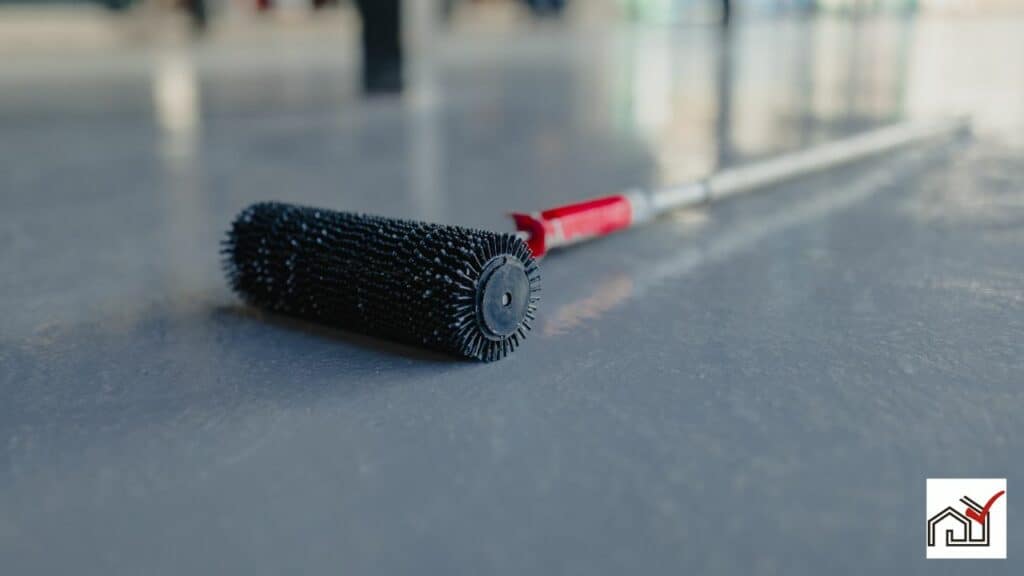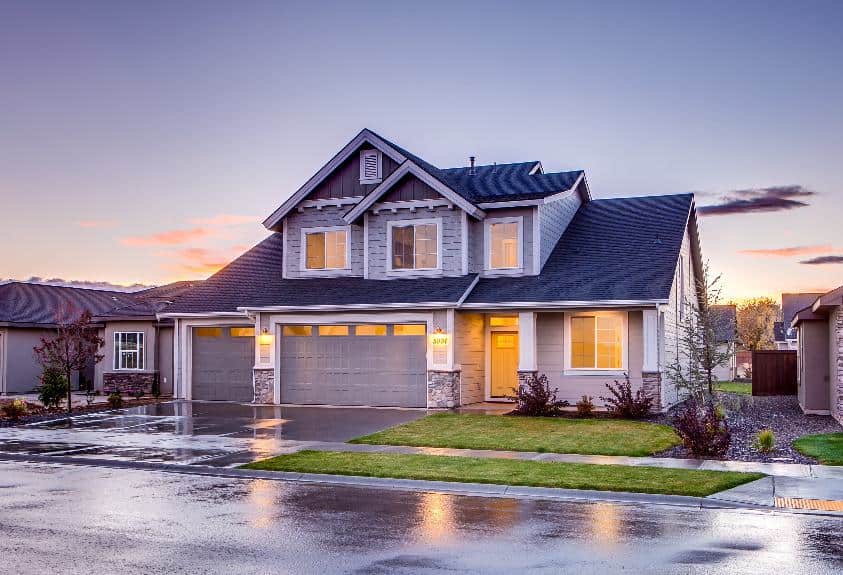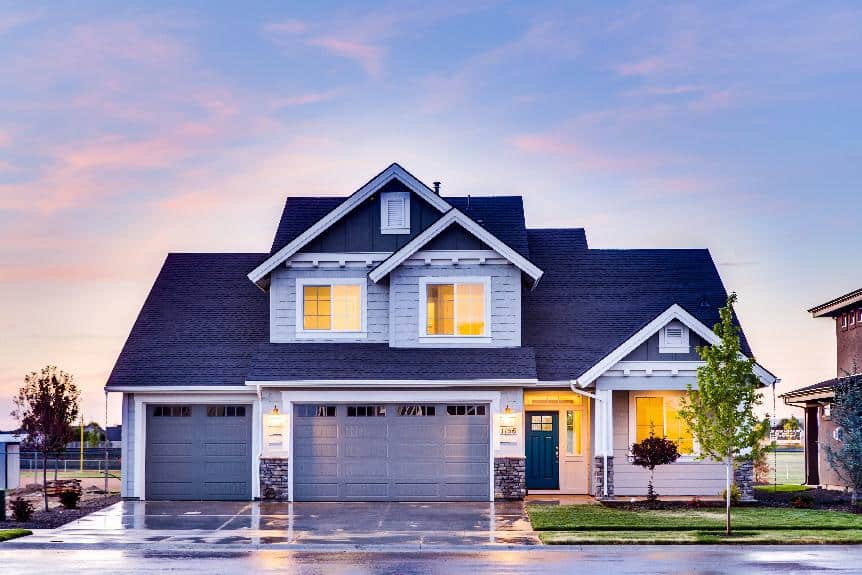Deciding to paint your garage floor can improve its look and make it easier to clean. Paint can protect the floor from wear, chemicals, and stains, potentially making it last longer. This could also increase your home's value.
However, it's important to prepare the concrete properly and choose the right paint for a durable finish. This overview examines the key points to consider when thinking about painting your garage floor.
Assessing the Benefits
Evaluating the advantages of applying a coating to your garage floor is important for deciding if it meets your maintenance and style needs. A garage floor coating is not only for appearance but also enhances the floor's function and longevity. It provides protection against damage from impacts, chemicals, and heat from tires.
A coated floor resists abrasions, ensuring a longer-lasting and low-maintenance finish. Garages often face heavy use and exposure to damaging substances, which can affect untreated concrete floors.
The paint creates a non-porous surface, simplifying cleaning processes. Dust, dirt, and liquid spills can be easily cleaned. For more stubborn stains, a pressure washer can be safely used.
Additionally, a quality floor coating can cover minor imperfections and help prevent new ones. It can improve the look of your garage and may increase your home's resale value.
Understanding the Drawbacks
There are several disadvantages to consider when deciding to paint your garage floor. Standard garage floor paint may not be durable, often resulting in a dull finish over time. Applying paint to concrete requires a thorough cleaning of the surface, repairing any damage, and etching to ensure paint adhesion.
Regular use of the garage can cause tire marks and paint chipping, which may lead to frequent need for touch-ups or repainting the entire floor, increasing the long-term costs. Epoxy-based paints are more durable but require careful mixing and application. The preparation for epoxy is critical and involves precise blending and careful application of the top coat for a smooth finish.
It's important to understand these drawbacks, as additional maintenance and repair will likely be necessary, adding to the cost and effort of maintaining a painted garage floor.
Preparing Your Garage Floor
To prepare your garage floor, first remove all items from the area to create a clean workspace. After clearing the garage, clean the concrete by hosing it down to remove surface dirt. Following the initial rinse, apply a concrete-specific cleaner and degreaser. Spread the product evenly and allow it to sit according to the manufacturer's instructions to dissolve stains and residues.
Scrub the floor with a stiff brush to remove the dirt and oil buildup. Rinse the area again to eliminate any loosened debris and cleaner residue. Ensure the floor is completely clean and dry before proceeding.
Next, treat the concrete with an etching solution to enhance paint adhesion. After application, allow the floor to dry thoroughly for at least 24 hours before painting.
Exploring Paint Options
After preparing your garage floor, you must choose the right paint. Select a garage floor-specific paint to withstand daily wear. Epoxy Shield is a strong epoxy-based option that covers 500 square feet and resists water and chemicals, aiding maintenance.
Paints come in various colors and finishes, allowing for customization. Consider Valspar or Quikrete kits, which offer color options and decorative chips. These can be tinted, providing further control over the end result.
Ensure the paint is designed for garage floors to handle heat, oil, and heavy equipment. The proper paint will enhance your garage's functionality and appearance. Make an informed choice for a long-lasting and aesthetically pleasing floor.
Maintenance and Longevity
Painting a garage floor has several benefits. First, it improves the appearance of the floor and makes it easier to clean. Additionally, it protects the floor from damage. Paint acts as a sealant for concrete, guarding against impacts, chemicals, and wear from regular use. A painted surface is also easier to maintain, as it prevents dirt buildup and shields against concrete degradation. Furthermore, painting the floor covers existing minor cracks, preventing further damage and maintaining the floor's structural integrity.
Not only do painted floors keep the garage cleaner and reduce harm, but they also have the potential to last longer. Quality garage floor paint decreases the likelihood of damage that could lead to expensive repairs or replacement. By investing in floor painting, homeowners can preserve the garage's condition over time, contributing to both its upkeep and durability.





